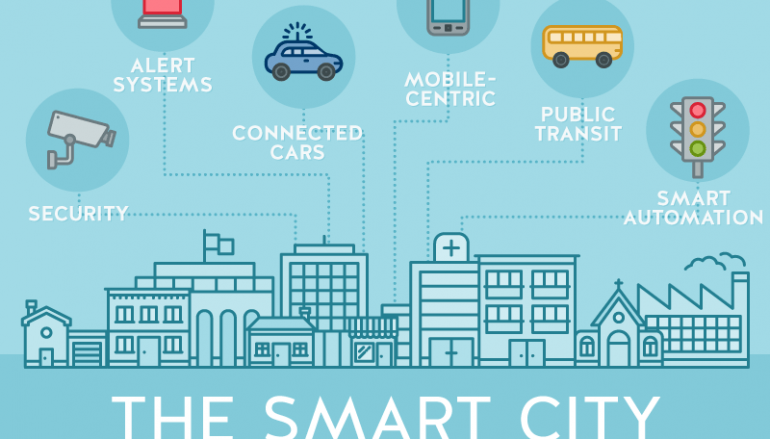
Smart City Security and Cyber Attacks
Technology adoption is bringing about massive change in major cities around the world from smart traffic lights to knowing exactly what time transportation will arrive and paying for public services with the touch of a credit card or personal device. The Smart London initiative embraces technology that improves the lives of residents, businesses and visitors by allowing them to experience the city in a more seamless and immersive way. With the capital’s population predicted to grow by over a million between 2011 and 2021, new technologies will undoubtedly play a big role in the way we see and experience London. But with the rise of malicious targeted threats, how can smart cities secure their IT initiatives from possible attack?
Navigant Research forecasts that the smart city technology market will represent over $20 billion in 2020. In line with this explosive growth, investment in more complex technologies will be significant, but as always, with increased technology comes greater vulnerability. One of the major security concerns facing smart cities is an “APT” (Advanced Persistent Threat). These are targeted attacks (such as malware) executed by a hacker or group of hackers, motivated not by financial gain, but instead by political gain or “hacktivism.”
As a city’s framework and infrastructure becomes increasingly technology-depended, IT security must work hard in the frontlines looking out for suspicious activities and abnormal behaviour. Measures are especially needed to protect the weakest link in the city’s IT infrastructure – the endpoints and end-user devices, to ensure compliance enforcement of security policies and standards.
Source | informationsecuritybuzz


